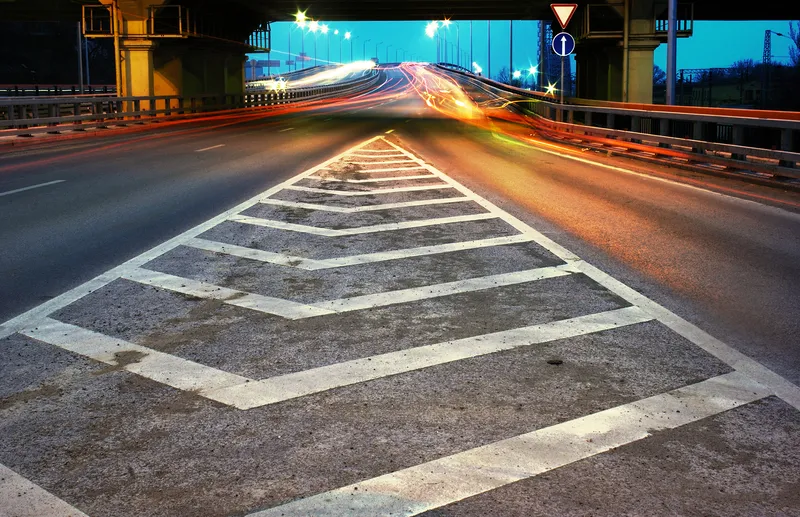Bolivia is to invest US$450mn to expand its cable car system, improving connectivity between La Paz and El Alto cities, according to President Evo Morales.
Cable cars have started gaining momentum in Bolivia, springing up in cities across the country.
Most recently the cable car system connecting capital La Paz with neighbouring El Alto city kicked off initial operations, in project was carried out by Austrian firm Doppelmayr. When all three lines are completed, it is set to be the largest mass transport cable car system in the world, with an estimated capacity of 18,000 passengers per hour and improving connections between the north, north-east and south of La Paz and El Alta.
Bolivia has also launched a tender for the construction of a system in Potosí to be used for both tourism and mass transportation purposes, and plans to build its third cable car system in Oruro city.
Bolivia expands cable car system
Bolivia is to invest US$450mn to expand its cable car system, improving connectivity between La Paz and El Alto cities, according to President Evo Morales.
Cable cars have started gaining momentum in Bolivia, springing up in cities across the country.
Most recently the cable car system connecting capital La Paz with neighbouring El Alto city kicked off initial operations, in project was carried out by Austrian firm Doppelmayr. When all three lines are completed, it is set to be the largest mass trans
July 17, 2014
Read time: 2 mins










